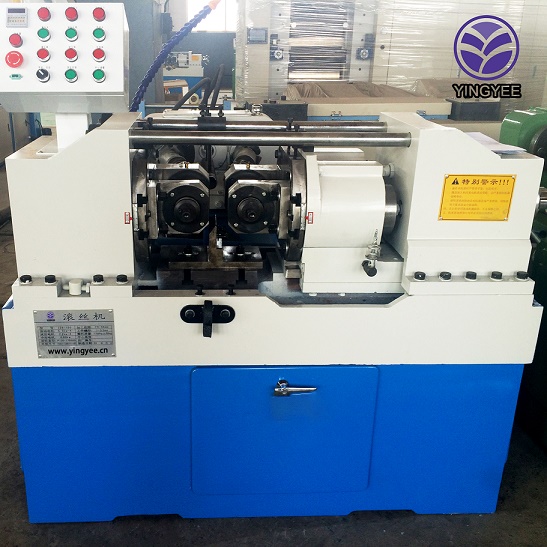
The Evolution and Importance of Roofing Tile Machines A Comprehensive Overview
In the construction and architectural industry, the choice of roofing materials is pivotal in ensuring durability, aesthetics, and functionality. One of the most revered materials is roofing tiles, which have been utilized for centuries due to their resilience and design versatility. As the demand for high-quality roofing tiles continues to rise, the development and sophistication of roofing tile machines have become instrumental. This article explores the evolution, significance, and operational dynamics of roofing tile machines in modern manufacturing.
Historical Context
The use of tiles as roofing materials can be traced back to ancient civilizations, where clay tiles were favored for their ability to withstand the elements. However, the manufacturing process was labor-intensive and lacked the efficiency required to meet growing housing needs. The advent of roofing tile machines marked a significant turning point in the industry. These machines mechanized the production process, enabling manufacturers to produce tiles at a faster rate and in larger quantities while maintaining quality standards.
Technological Advancements
Roofing tile machines have evolved dramatically over the years. Early machines were simplistic and primarily relied on manual labor to operate. Today, modern machines are equipped with advanced technology, including automation and computer numerical control (CNC). This technological leap allows for precise shaping and molding of tiles, ensuring uniformity in size and quality. Furthermore, these machines can produce a variety of tile types, including clay, concrete, and synthetic materials, catering to diverse architectural preferences.
Types of Roofing Tile Machines
1. Clay Tile Machines These machines are designed specifically for the production of clay tiles. The process typically involves mixing clay, shaping it into tile forms, and then firing it in a kiln. Modern clay tile machines incorporate features that enhance efficiency and reduce waste.
2. Concrete Tile Machines Concrete tiles are becoming increasingly popular due to their longevity and ability to mimic other materials. Concrete tile machines utilize a mixture of cement, sand, and additives to create tiles. Some machines employ vibration and pressure to ensure compact and strong tiles.
3. Synthetic Tile Machines With the rise of synthetic roofing materials, machines specially designed to produce synthetic tiles have emerged. These machines often utilize materials like polymers and fibers, allowing for innovative designs that can imitate traditional materials while providing added benefits like lightweight properties and enhanced weather resistance.
The Manufacturing Process

The production of roofing tiles typically involves several key steps, all of which are optimized by roofing tile machines
1. Raw Material Preparation High-quality raw materials are essential for creating durable tiles. The initial phase includes testing and preparing clay, concrete, or synthetic materials for production.
2. Molding and Shaping The prepared material is fed into the roofing tile machine, where it is molded into the desired shape. Advanced machines offer customizable molds, enabling manufacturers to produce various tile styles.
3. Drying and Curing After shaping, tiles must be dried to remove moisture. Depending on the material, the drying process may involve natural air drying or kiln drying for clay tiles. Curing concrete tiles involves maintaining specific moisture and temperature levels for optimal strength.
4. Quality Control As production scales up, quality control becomes crucial. Modern roofing tile machines are often equipped with sensors and automated quality checks to ensure every tile meets industry standards.
5. Packaging and Delivery Once tiles have been produced and passed quality control, they are packaged for shipment. Efficient packaging systems integrated into roofing tile machines enhance operational efficiency.
Environmental Considerations
With the growing concern over environmental impact, many roofing tile manufacturers are adopting more sustainable practices. This includes utilizing recycled materials, reducing energy consumption, and minimizing waste through the use of efficient roofing tile machines. These efforts not only align with global sustainability goals but also appeal to eco-conscious consumers.
Conclusion
Roofing tile machines play a pivotal role in the construction industry by revolutionizing the production of roofing materials. Their evolution from manual processes to sophisticated automated systems has significantly enhanced manufacturing efficiency, product quality, and sustainability. As the industry continues to grow and innovate, roofing tile machines will undoubtedly remain at the forefront of meeting the ever-changing needs and preferences of builders and homeowners alike. Investing in these advanced machines is not merely a business decision; it is a commitment to quality, efficiency, and environmental responsibility.